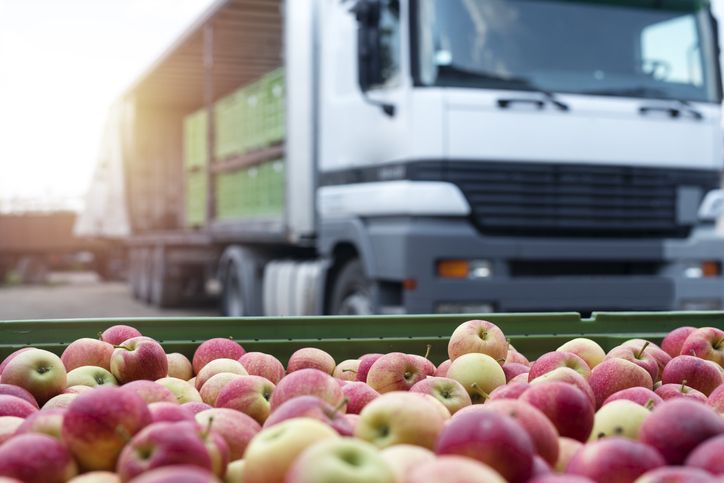Editor’s note: Joseph Byrum is an Aspen Institute Business & Society fellow and spent 25 years as an R&D executive in the agricultural industry. This is the sixth and last of a series of guest articles on the potential impact of artificial intelligence (AI) technologies on food security.
The views expressed in this article are the author’s own and do not necessarily represent those of AFN.
Few problems facing humanity are as serious as the looming food security crisis. This series has looked at the role artificial AI can play in finding solutions to this problem. These approaches include the interpretation of satellite imagery to boost yields, enhancing climate resilience, developing agrobots, and boosting food security through biometrics.
This isn’t like a typical static problem in which one needs do no more than apply a little conventional thinking to come up with the perfect remedy. As discussed, AI must be applied not just to growing more of this crop or that crop, but to optimizing agriculture’s entire value chain. For that to happen, developers of such an AI system would have to draw inspiration from plant intelligence and plant functioning rather than going down the more obvious road of copying the functions of the human brain.
That makes this a problem for complexity science, one that requires developing theoretical frameworks that apply the workings of nature to the capabilities of computational intelligence. The scientists who have begun work in this area have opened entirely new fields of study that merge the disciplines of biology, engineering, and computing to form nature-inspired computing.
As the goal is broader than just boosting the yields of field crops, developers would have to make theoretical models that apply to supply chain management as a whole. They would also have to consider production agriculture, agricultural sciences, supply chain management, logistics, and food storage. Each of these topics opens their own set of highly complex issues that would need to be fully explored for the system to be realized.
Rather than start from scratch, these models would be developed by looking to biology for inspiration. That is, they would determine the web of logic behind complex natural systems by looking at how adaptive systems solve problems. Taking a ‘bio-inspired’ approach means looking to the manner in which plants solve problems in a way that humans can’t, or simply don’t.
As an example, scientists some years ago illustrated the ability of slime mold to address a complex problem with an experiment. They arranged food in a layout that closely mirrored the placement of the smaller cities surrounding Tokyo. The mold then proceeded to construct access channels to the food in a network strikingly similar to the map of Tokyo’s railway system. Computer algorithms based on the process observed in the mold proved effective at creating fault-tolerant connection networks.
Andy Adamtzky, the professor of unconventional computing at the University of the West of England, sought to adapt the morphological logic, or computational intelligence, of organisms like slime mold. Such research goes beyond production agriculture to production management, and the complex logistics of getting produce from farms, to processing centers, to distribution centers and ultimately to wherever the food is sold.
Another example can be found in the work of Andrea Vitaletti, who is working on plants that are part-organic and part-electronic. These cyborg plants would function as environmental management sensors. The research is designed to study the ‘semantic’ ability of plants – that is, to understand how they emit, receive, and communicate by means of signals. Such innovations can contribute greatly to both production agriculture and our ability to manage it in relation to ever-evolving environments.
Once found only in science fiction, AI has evolved in unimaginable ways since it was first proposed as a theoretical concept in 1955. AI has changed our relationship with technology as much as it has altered our relationship with nature. It has also enabled us to better understand the intelligence of the natural world in ways that have relevance to improving our food systems.
“Science fiction is any idea that occurs in the head and doesn’t exist yet, but soon will – and will change everything for everybody, and nothing will ever be the same again,” author Ray Bradbury wrote. “It is always the art of the possible, never the impossible.”
Computational intelligence is beginning to embody the art of the possible, and this will help those developing systems to ensure the growing world population has access to the food it needs.




